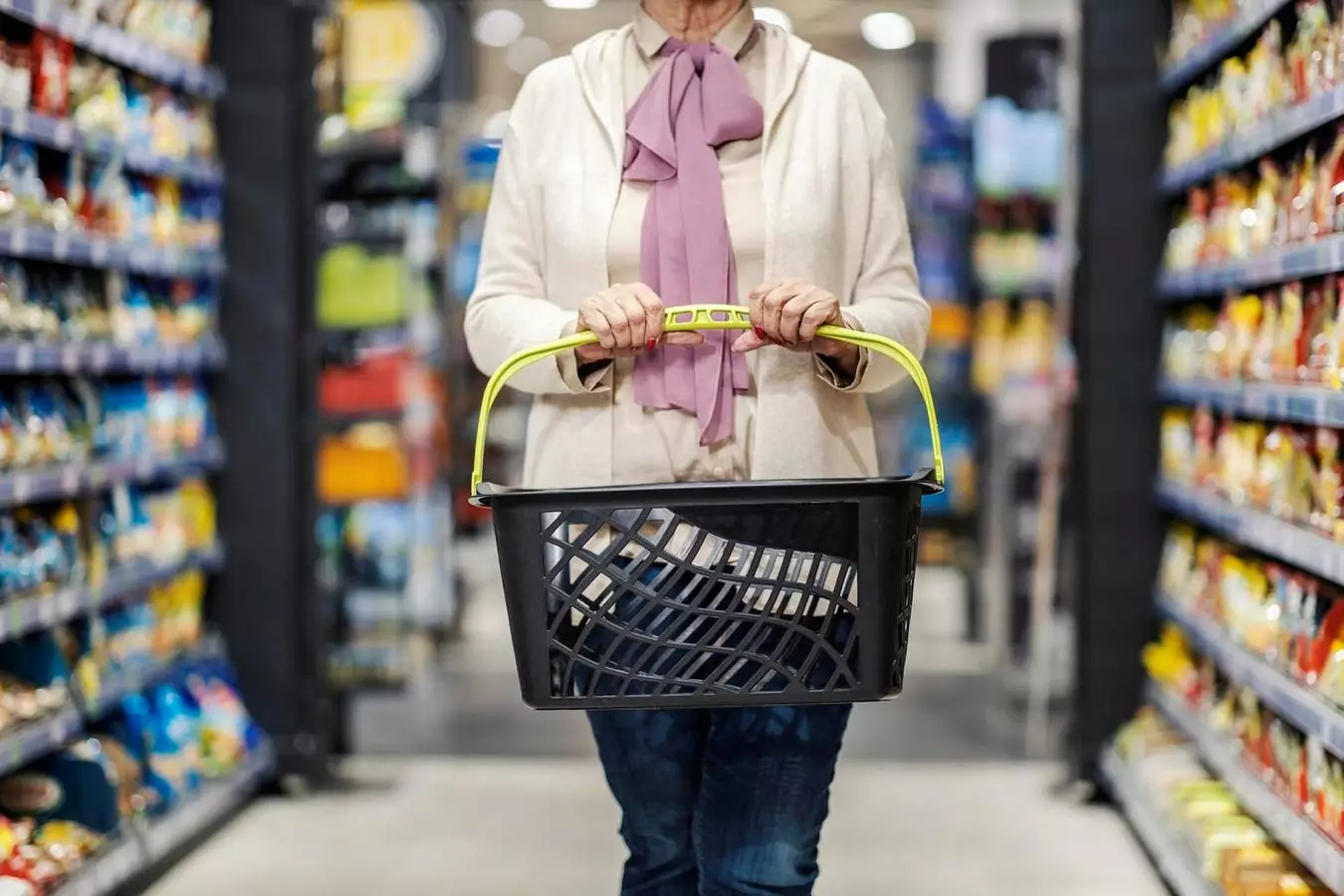In challenging economic climates, consumer behavior often undergoes remarkable transformations, particularly in food purchases. Observing these shifts can offer keen insights into the broader economic landscape, anticipating downturns well before they’re officially recognized. As uncertainty looms, the humble grocery cart becomes a subtle yet powerful indicator of where the economy is headed, and how families are adapting their eating habits.
The Grocery Cart: A Reflection of Economic Sentiment
During both recessionary periods and recovery phases, our grocery carts reflect personal financial pressures. Historically, changing consumption patterns provide advance notice of economic contractions. For example, data from the National Bureau of Economic Research indicates that alterations in food purchasing habits have appeared before all major recessions from 1980 onwards, typically manifesting three to six months ahead of official downturn announcements. This phenomenon lays bare the connection between food choices and economic health, proving that consumers are not just passive recipients of market trends but active participants whose purchases reveal their financial realities.
Research from Sacred Heart University underscores that economic hardship often reshapes nutritional priorities. As families tighten their budgets, they tend to veer towards cheaper, less nutritious options. The reality is that during tough economic times, many adults gravitate towards processed foods high in refined grains and fats, while children’s diets see shifts towards sugary alternatives. With essential goods becoming less affordable, shelf-stable items like pasta and canned products typically see a noticeable rise in sales—a comforting choice linked to both nostalgia and affordability during trying times.
Changing Food Priorities Amidst Economic Pressures
As disposable income shrinks, consumers redefine their food priorities. The cereal aisles may witness variance as families gravitate towards low-cost staples in efforts to stretch their budgets further. It’s evident through the trajectory of food consumption that when households can no longer afford premium meats, alternatives such as canned beans and peanut butter become staples. Previous patterns of egg consumption reveal complexity, as rising prices can swiftly alter even the most dependable grocery habits.
The 2008 recession serves as a poignant example of how people adapt their food spending. The surge in demand for basic baking supplies reflects a wider movement towards home cooking as a means of salvaging both finances and family time. Consumers began prioritizing essential baking goods over luxurious dining experiences, driving up sales of flour, sugar, and other baking staples. This trend illustrates how economic necessity not only impacts what goes into our carts but also how we perceive our culinary experiences.
Nostalgia: Fueling Consumer Choices in Tough Times
Nostalgia plays a pivotal role in food choices during economic downturns. Classic comfort foods from childhood—canned soups, simple pasta dishes, and frozen pizzas—resonate with many consumers, acting as a balm during uncertain periods. The appeal of trusted, long-established brands often shines far brighter than newer or less familiar alternatives during these times. Consumers feel an intrinsic pull towards brands that have accompanied them through previous challenges, illustrating the emotional layers that accompany our buying decisions.
Consequently, businesses must pivot their marketing strategies in response to shifting consumption patterns. Retailers and food manufacturers have a prime opportunity to introduce budget-friendly line extensions, emphasizing family-sized packaging that caters to the need for cost efficiency without compromising on comfort. Brands that understand their customers’ evolving preferences are well-positioned to maintain loyalty throughout changing economic landscapes.
Data-Driven Decisions: Anticipating Market Shifts
As the economic landscape continues to show signs of distress, consumer packaged goods (CPG) companies and retailers must arm themselves with the insights that data offers. With an increasing focus on value, companies need to recognize the potential of private label products, which have seen a remarkable 17% increase in sales year-over-year. Recognizing these trends allows businesses to adjust inventories in tune with the rising demand for staple groceries, while simultaneously reducing exposure to premium, non-essential items.
Moreover, the subtle shifts in consumer eating habits signal much more than simple adaptation; they encourage brands to consider how broader economic indicators like import-export ratios and trade deficits can serve as foreshadowing elements. For example, a drop in exports and rising imports can foreshadow declining consumer spending, urging businesses to adjust their strategies to meet changing demands proactively.
The grocery cart becomes a lens through which we can examine economic conditions. Food spending is more than a reflection of personal choices; it is a window into the economic realities that shape our lives. For savvy brands and retailers, understanding how to navigate these changing patterns not only allows them to survive economic downturns but also positions them to thrive. By embracing both the emotional and financial aspects of consumer choices, food businesses can better meet the needs of their customers while weathering the inevitable ups and downs of the marketplace.


Leave a Reply